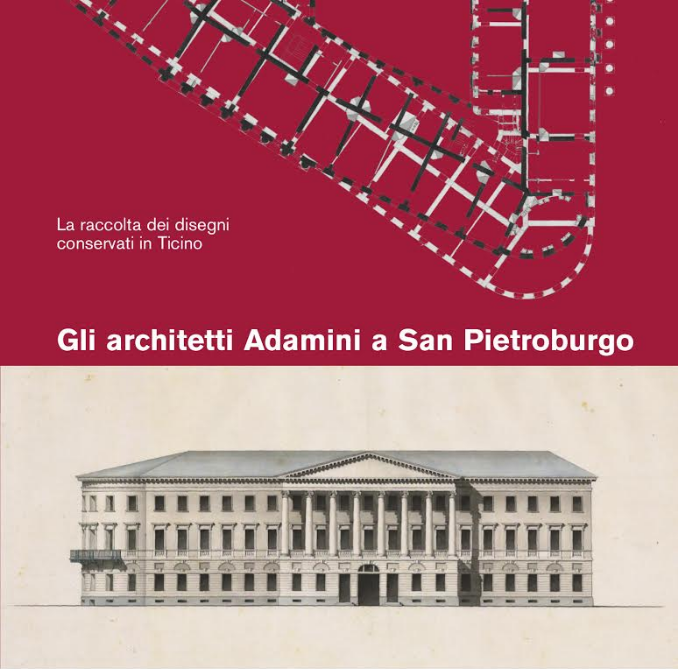BIBLIOTECA CIVICA ANGELO MAI
The Adamini Architects in Saint Petersburg
The collection of drawings in Ticino
by Nicola Navone

15 September
Sala tassiana della Biblioteca Civica Angelo Mai
Piazza Vecchia, 15, Bergamo
Speakers::
Piervaleriano Angelini, Osservatorio Quarenghi
Nicola Navone, Archivio del Moderno - Accademia di architettura - Università della Svizzera italiana
Ornella Selvafolta, Politecnico di Milano
As part of the rich program of the Bicentenary celebrations for one of the most significant artists of the 18th century in Europe, architect Giacomo Quarenghi (Bergamo 1744 – Saint Petersburg 1817), the Angelo Mai Civic Library will host a focus talk on the Adamini Architects, contemporaries of Quarenghi. These architects interacted thoroughly with Quarenghi at the court of the Tsars, and as a result, their archives contain copies of Quarenghi’s designs, as well as a few of the master’s original drawings.
Following the exhibition “Giacomo Quarenghi (1744-1817) nelle raccolte grafiche degli architetti ticinesi”, which was hosted last spring at the Pinacoteca Cantonale Giovanni Züst at Rancate (CH) as part of the Quarenghi Celebrations, the recent publication of the monograph dedicated by Nicola Navone to these architects’ work offers a precious contribution to the research promoted by the Archivio del Moderno in Mendrisio on the subject of the diffusion of the Italian architectural culture in Russia and on the role played in it by architects and craftsmen from Ticino. The evening will offer the chance to enquire into the dynamics of the cultural transfer in the context of art, architecture, and technology that took place at the time.
Between the 18 th century and the first half of the 19 th Russia became one of the preferred destinations for émigré architects and craftsmen coming from what is today the Canton Ticino. This workforce, whose pervasive presence in building sites all over Russia is attested by a vast number of sources, constituted the vector of a cultural transfer which contributed to the spread of forms and construction techniques for the most part new to the land of the Tsars. This process, however, was not limited to transferring ideas and practices that were left unaltered, but instead intervened on them by adapting and hybridizing them according to complex dynamics which have come under the lens of much study.
The Adamini architects, originally from Bigogno d’Agra, in the Collina d’Oro area, operated in Saint Petersburg and in the nearby imperial residences from the final years of the 18 th century well into the 19 th , earning their fame as excellent builders, and tying their name to the famous “Casa Adamini”, a shops and apartments building built near the Marsovo Polje for the merchant Ivan Antonov between 1823 and 1827.
www.bibliotecamai.org/architetti-adamini-presentazione-libro






